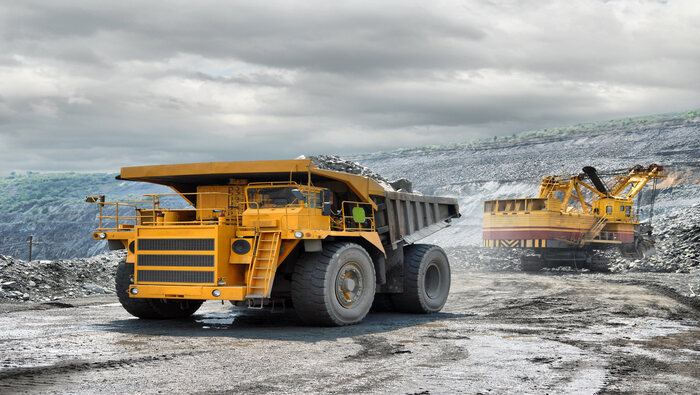The "shift-to-pellet" by China: As China addresses over-capacity in its steel sector, we expect that smaller, inefficient blast furnaces, typically with working volumes (w.v.) below 1,000 m3, will be progressively phased out, whilst the number of large blast furnaces will increase.
The bulk of Chinese iron ore consumption will come from medium-sized blast furnaces of between 2,000-4,000 m3 w.v. These blast furnaces are easier to control and operate and typically consume higher levels of pellet to support high productivities. We forecast a clear shift towards pellet in Chinese burdens as a result, with the BF pellet rate increasing from an average of 150 kg/thm in 2015 to 273 kg/thm in 2030. Assuming 750 Mt of hot metal production in 2030, this translates into an additional 76 Mt in pellet consumption, equivalent to twice as much as Vale's current pellet production.
A boom in pellet imports?
Should the industry gear up for a boom in Chinese pellet imports? We think not. China has spare pellet capacity and competitive pelletising costs, meaning it can produce most of the pellet it needs. Assuming ~200 Mt of domestic production is viable longer-term, China should also have plenty of domestic concentrate available for pelletising. In 2015, we estimate that only 19% of domestic production was fed to the country's pellet plants, with the remaining 81% of domestic production being used in sintering. There is room for this balance to shift. From a technical perspective, there is no difficulty switching from using domestic ore for pelletising, rather than sintering, and, if anything, beneficiation has been on the rise in China as RoM grades have fallen, resulting in an increase in concentrates with grain sizes of less than 45 ?m, that are more suitable for pelletising. However, the quality of domestic concentrate remains a major limiting factor. Pellet feed imports are likely to rise, as Chinese mills will require higher grade, lower impurities and consistent magnetite products for blending with domestic material.
So what?
The implications of China's 'shift-to-pellet' go beyond the pellet/pellet feed market. Chinese mills typically blend higher-Fe, higher-silica domestic fines with lower-Fe, lower-silica material from Australia to make sinter. As more domestic concentrate is used to make pellet in the long-run, smaller volumes will be available for sintering. This will prompt mills to look for blending substitutes on the seaborne market, boosting demand for higher grade sinter fines. Vale will be a key winner from this trend.
In short, the shift-to-pellet by China is expected to result in stronger demand for higher-grade sinter fines and pellet feed products. We expect structurally stronger Fe premiums as a result, providing opportunities for those miners capable of upgrading product quality without the need of heavy capital investment.
Takeaway for miners and investors
The 'shift-to-quality' by China poses strategic challenges to miners and investors alike. In an environment of much lower benchmark prices, quality premiums will be even more critical to maximise price realisation. Marketing, production and investment strategies must be carefully tailored to the restructuring of the Chinese steel sector: our Long-Term Iron Ore Market Outlook examines this and other mega-trends in detail, providing an essential insight on the evolution of demand, supply, benchmark prices and quality premiums in the long-term.

















